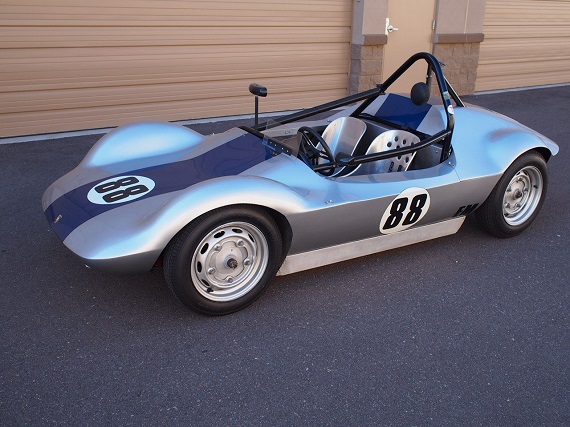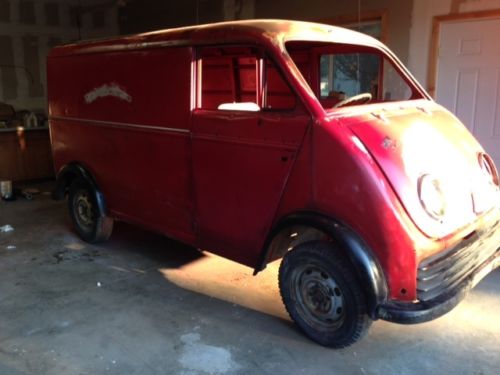The world of Auto Union is full of paradox. That the company even came into existence is itself somewhat of a fluke, but a harsh economic situation in Germany in the 1930s led four mostly failing companies to band together in the hope that united, they might survive. Out of that union was born the image of the four rings that today are worn proudly by the last remnant, and the least successful, of the original four – Audi. If that isn’t strange, the history of how we got to that point certainly is. Only one of the companies was truly successful when they banded together, and they produced primarily motorcycles, not cars. Yet only one year after being founded, the fledgling company put its technical prowess up against the might of the most storied car company in the world – indeed, the inventors of the automobile – Daimler-Benz. And by “its” technical prowess, I mean the technical prowess of one Ferdinand Porsche, himself an outcast of sorts from several car companies. His design was both unorthodox and unusual, with a single-cam supercharged 16 cylinder engine mounted in the middle of the car. Mind you, this was a full 25 years before Cooper would make the “revolutionary” change that would be the accepted practice of all modern Formula One cars. With entirely new suspension designs and strange handling behaviors – never mind enough torque to jump start an industrial production line and tires that would consequently disintegrate immediately or fuel that was really just a high explosive in liquid form – the Auto Union Grand Prix cars shared nothing in common with the road-going models marketed by the company, who at the start of the 1930s didn’t even produce what could loosely be identified as a sports car.
Yet, it worked.
Auto Union may numerically have not won as many races as Mercedes-Benz did over the same period, but they established themselves on the same level – no small feat, considering the company. They won races, championships and set records and were primed with new luxury, smart economy and even sports vehicles to capitalize on their great success at the race track and in the record books. And then, World War II broke out, and as fate would have it Auto Union’s primary headquarters were in Saxony. For those of you who aren’t particularly fond of maps, Saxony happens to be exactly where the Russians ended up advancing into in 1945. Mired in what would become East Germany, there didn’t appear to be much hope for Auto Union and it seemed they were relegated to the history books. But in 1949 the company was relaunched, now based in Ingolstadt – not far from its old rivals. The brand that had previously been the bread and butter of Auto Union’s sales – DKW – would carry the four rings and continue to make economy cars, but little else remained from the former glory of Auto Union. Indeed, even DKW itself was full of contradictions; the name derived from “Steam Powered Car” in German (Dampf-Kraft Wagen), yet the company hadn’t produced a steam car since the late teens. Their current lineup continued the strange trend with oxymoronic names like “3=6”. Math not being their strong suit, DKW alternatively called the car F900, F91, and finally “Sonderklasse”, though there was no longer a non-Sonder model. The underpinnings would make Swedes smile, with a two-stroke inline-3 powering the front wheels. And from these modest bones the only officially badged “Auto Union” was created – the 1000SP. With a bit more power and styling borrowed from an American classic, it was a special car:




